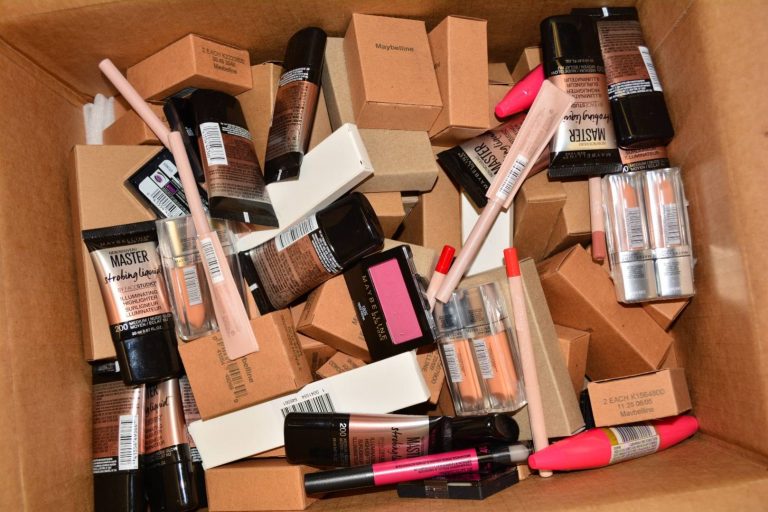Portable Gas Water Heaters for Camping: How to Choose the Best One
Camping offers a great opportunity to connect with nature, but having access to hot water can make the experience even more enjoyable. Whether you need warm water for showers, cooking, or washing dishes, a portable gas water heater can provide a convenient and efficient solution. These compact and easy-to-use devices ensure that you have instant hot water no matter where your adventures take you.
A tragbarer gasdurchlauferhitzer für camping is an excellent option for campers who want a reliable and energy-efficient way to heat water outdoors. These units run on gas and heat water only when needed, making them a practical and cost-effective choice for camping, RV trips, and off-grid living.
1. Why Choose a Portable Gas Water Heater for Camping?
Camping in remote locations often means limited access to hot water. A portable gas water heater provides a simple and efficient solution, ensuring you have warm water whenever you need it. Here are some key advantages:
- Instant Hot Water – No need to wait for water to heat up in a pot over a fire.
- Energy Efficiency – Heats water only when required, reducing fuel consumption.
- Portability – Compact and lightweight design makes it easy to transport.
- Versatile Use – Ideal for showers, dishwashing, and cooking.
- Easy Setup – Simple to connect to a gas source and water supply.
2. Key Features to Consider When Choosing a Portable Gas Water Heater
When selecting the best portable gas water heater for camping, consider the following features to ensure you choose a model that suits your needs.
2.1 Water Flow Rate (Liters per Minute – LPM)
The flow rate determines how much hot water the unit can provide at a time. A higher flow rate means a stronger water stream. Here’s a general guide:
- 3-5 LPM – Suitable for light use, such as hand washing and dishwashing.
- 6-10 LPM – Ideal for showers and multiple users.
Choose a model that matches your water usage requirements.
2.2 Temperature Control
A good portable gas water heater should allow you to adjust the water temperature according to your needs. Look for models with:
- Adjustable gas and water flow controls for precise temperature settings.
- Overheat protection to prevent excessively high temperatures.
2.3 Power Source Compatibility
Most camping water heaters use propane or butane gas, which is widely available and easy to transport. Some models also offer battery-powered ignition, eliminating the need for electricity.
2.4 Portability and Weight
For camping, a lightweight and compact design is essential. Ensure the unit is easy to carry and does not take up too much space in your gear.
2.5 Safety Features
Safety is crucial when using gas-powered appliances. Look for models with the following features:
- Automatic shut-off when the water reaches a certain temperature.
- Flame failure protection to prevent gas leaks.
- Low water pressure start to ensure operation in various conditions.
2.6 Ease of Installation
A quick and easy setup is important for a hassle-free camping experience. Most portable gas water heaters require:
- A gas connection (propane or butane).
- A water source (bucket, tank, or hose connection).
- A power source (batteries for ignition or manual start).
3. How to Set Up a Portable Gas Water Heater for Camping
3.1 Step 1: Choose a Safe Location
Set up the heater in a well-ventilated outdoor area, away from flammable materials and enclosed spaces.
3.2 Step 2: Connect the Gas Supply
Attach the gas hose to a propane or butane cylinder and ensure all connections are secure to prevent leaks.
3.3 Step 3: Attach the Water Source
Connect the heater to a water supply using a hose or a pump system. Some models can draw water directly from a bucket or lake.
3.4 Step 4: Power Up the Heater
If your unit has battery ignition, insert the batteries. Otherwise, use the manual ignition feature.
3.5 Step 5: Adjust Temperature and Flow
Turn on the water flow and adjust the gas settings to achieve the desired temperature.
4. Maintenance Tips for a Long-Lasting Portable Gas Water Heater
To ensure your portable gas water heater remains in excellent condition, follow these maintenance tips:
- Clean the Water Filter – Prevents debris from clogging the system.
- Check Gas Connections – Ensure there are no leaks or loose fittings.
- Flush the System Regularly – Removes mineral buildup that can affect performance.
- Store Properly – Keep in a dry and safe location when not in use.
5. Common Mistakes to Avoid When Using a Portable Gas Water Heater
5.1 Using the Heater Indoors
Portable gas water heaters should only be used outdoors or in well-ventilated areas to prevent carbon monoxide buildup.
5.2 Not Checking Water Pressure
Some heaters require minimum water pressure to function properly. Check the specifications before use.
5.3 Ignoring Safety Precautions
Always follow the manufacturer’s instructions and perform regular safety checks to avoid gas leaks and overheating.
Conclusion
A portable gas water heater is a game-changer for camping enthusiasts, providing instant hot water for various outdoor activities. When choosing the best model, consider factors like flow rate, temperature control, portability, and safety features to find a unit that meets your needs. Proper setup and maintenance will ensure your heater lasts for years, making your camping trips more comfortable and enjoyable.







